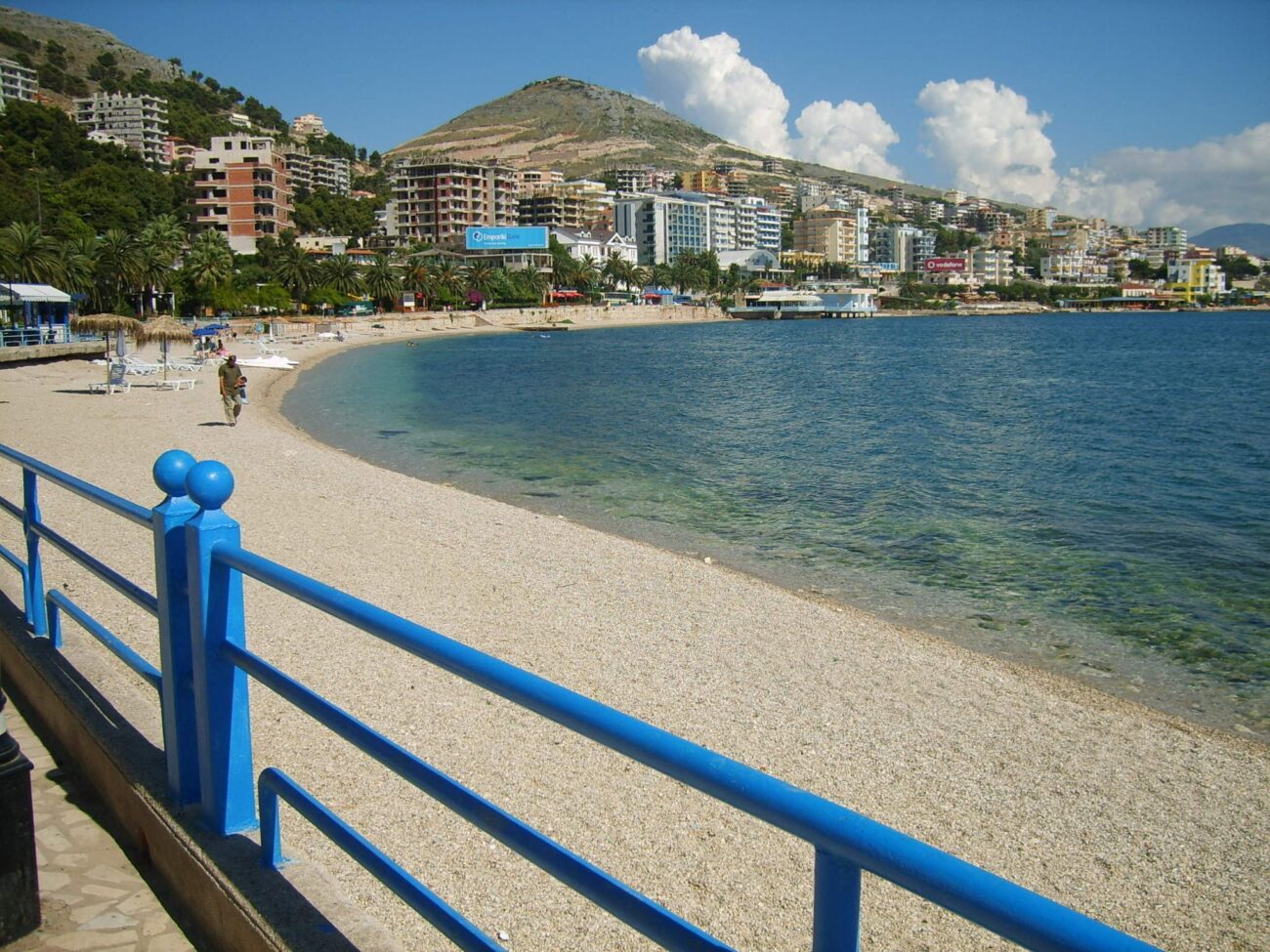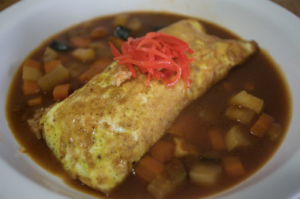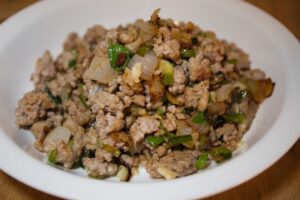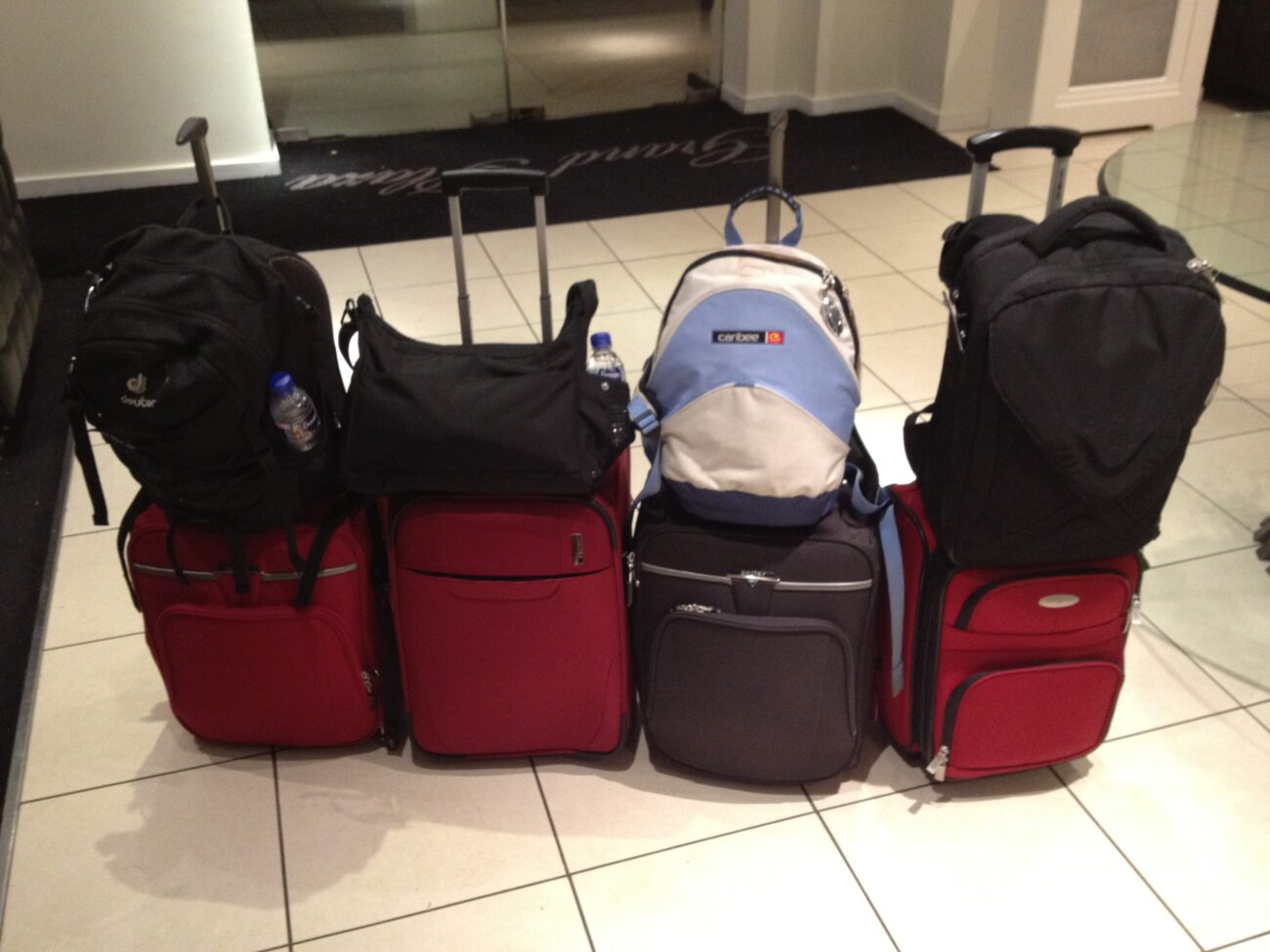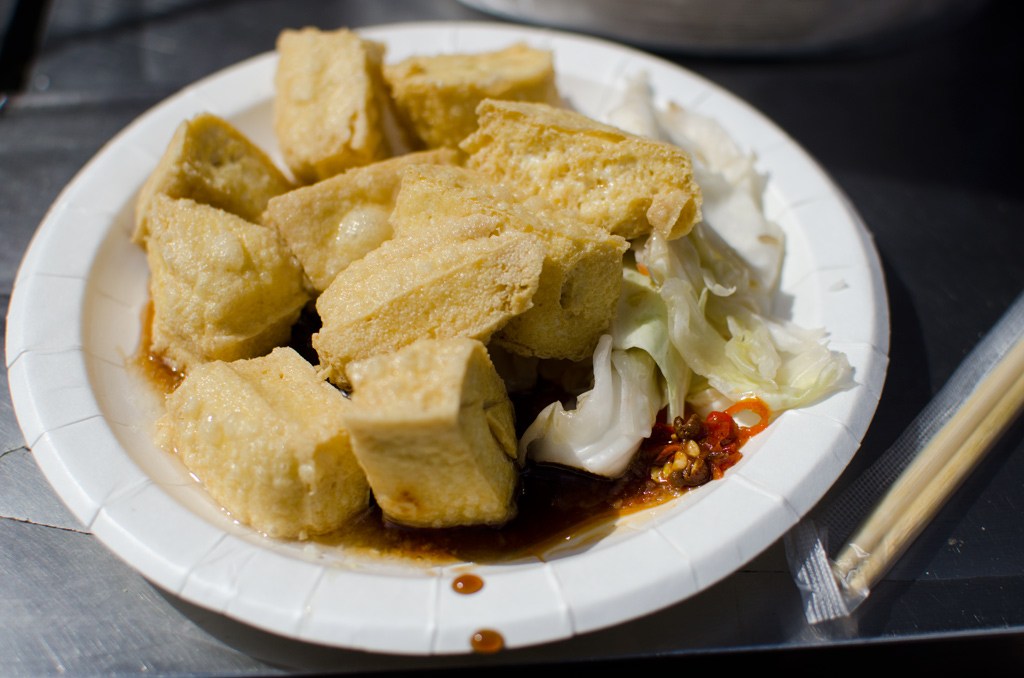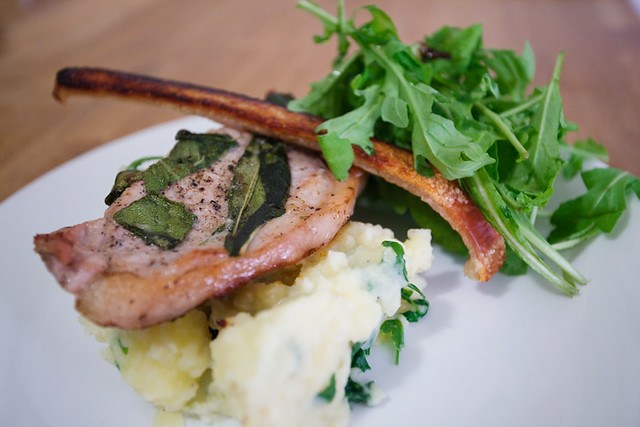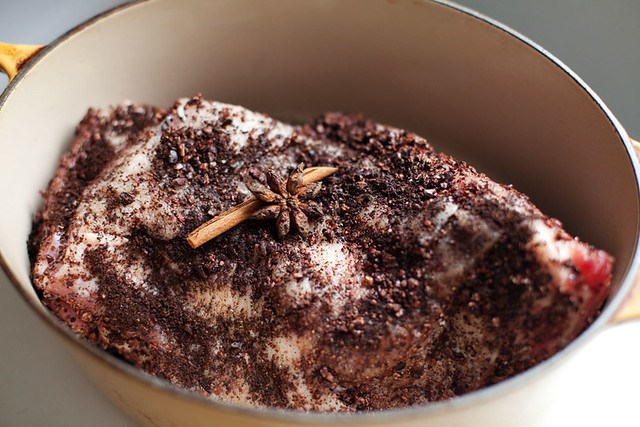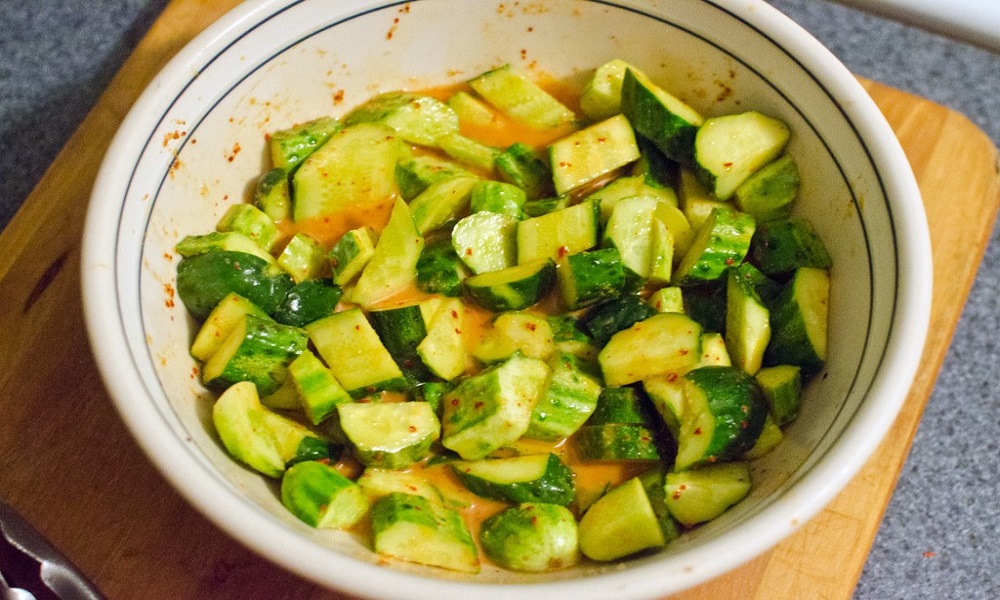Strolling through Berat’s ancient cobblestone streets feels like having a World Heritage site to yourself. The “Town of a Thousand Windows” cascades down Albanian hillsides in pristine Ottoman-era splendor, yet you won’t fight Instagram hordes for photos.
Nearly 8.34 million visitors explored Albania by August 2025, according to travel bucket list reports, but this growth hasn’t translated into the suffocating crowds crushing Venice or Dubrovnik. Gjirokastër’s dramatic stone architecture overlooks misty valleys where you can actually hear your footsteps echo off medieval walls.
Mountains, Beaches, and Meals Under Twenty Bucks
Albania delivers Alpine hiking and Mediterranean coastlines at Balkan prices.
The Prokletije (Accursed Mountains) rival established Alpine destinations but without reservation systems or packed trails. Hikers tackling the Valbona-to-Theth route discover genuinely remote valleys where mountain guesthouses serve lamb slow-cooked with wild herbs.
Meanwhile, the Albanian Riviera’s turquoise waters lap against cliffside villages like Ksamil and Himara, where fresh seafood dinners typically cost under twenty dollars per person. Family-run establishments source ingredients locally—partly from tradition, partly from Albania’s still-developing supply chains, but entirely to your benefit.
These authentic culinary experiences showcase regional specialties:
- byrek savory pastries
- tavë kosi baked lamb with yogurt
- robust local wines from the Kallmet and Debinë regions
Traditional guesthouses throughout the country offer homemade bread, cheese, and preserved vegetables that reflect centuries of Ottoman, Balkan, and Mediterranean influences.
Perfect Timing Before the Rush
Infrastructure improvements meet authentic experiences before mass tourism arrives.
Recent EU-supported investments have upgraded roads, airports, and site conservation without destroying Albania’s intimate character. Tourism growth has actually tapered recently, suggesting Albania sits in that sweet spot—accessible enough for comfortable travel, undiscovered enough for authentic encounters.
“Heritage tourism is creating jobs and revitalizing southern Albania,” notes World Bank development reports, emphasizing sustainable growth that preserves cultural integrity. Visit during shoulder seasons (May-June or September-October) for optimal weather, fewer visitors, and harvest festivals celebrating local wine traditions.
The window for experiencing Europe’s last crowd-free heritage sites won’t stay open forever. Albania offers what travelers thought was lost: genuine discovery.


